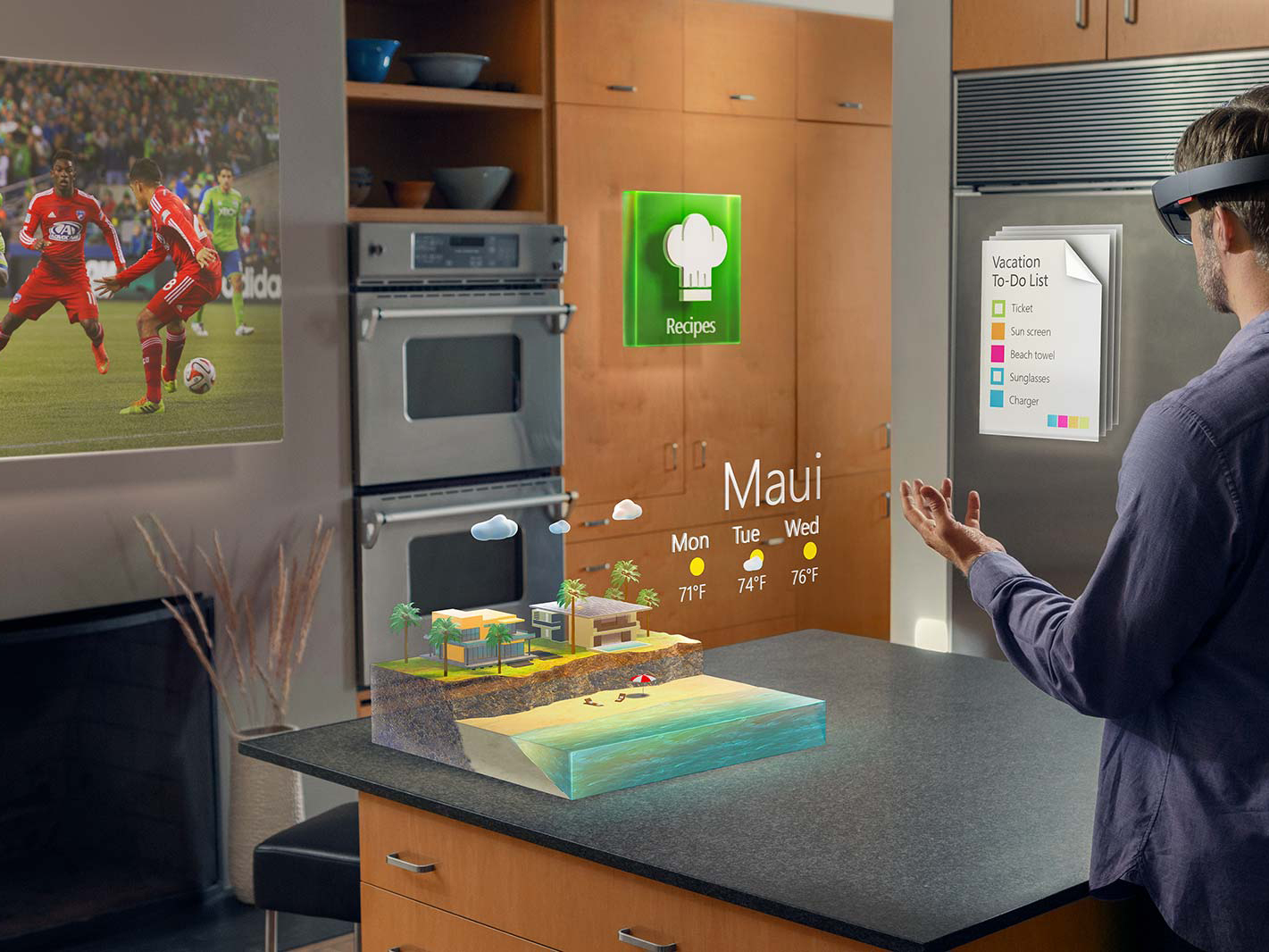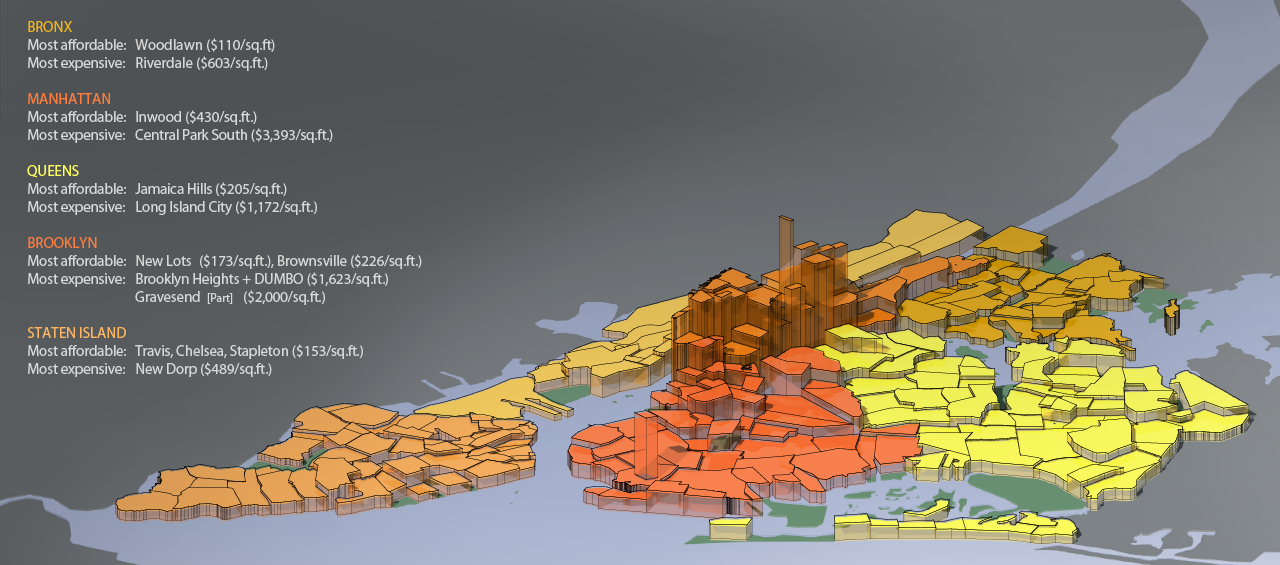The first batch-mode edition of the geonews.
On the open source / open data front:
- There’s a new free course Introduction to Geospatial Technology Using QGIS (from Feb 23 - Mar 29) which also has content on GitHub
- Beautiful and simple, How to: watercolor pastel style in QGIS
- Announced is the FOSS4G-Europe conference, this time in Como, Italy, on July 14-17th
- Nice OpenLayers 3 feature: turning vectors into heatmap in Javascript
- Recent updates, GeoTools 12.2 Released, GeoServer 2.6.2 released,
- The mobile Android app Geopaparazzi 4.1.0 is out (4.1.1 actually), and there’s a new similar tool in development, QField (formerly QGIS Mobile) described as “A simplified touch optimized interface for QGIS. Perfect for field work on portable touch devices” over GitHub
- We can help map the Amazonia on OpenStreetMap, with mapazonia and on a similar topic, a new tool named To-fix: improving OpenStreetMap through micro tasking, see OSM’s progress in Japan, OpenStreetMap in Japan
- There’s also progress in terms of open addresses, OpenAddresses Hits 100 Million
On the Esri front:
- Very nicely presented, ArcGIS Open Data – Year in Review (direct link to the review presentation)
- A useful review, Esri’s Living Atlas of the World and Community Maps Year-End Review
- A USGS-Esri partnership, The most detailed ecological map of the World “raster data of a resolution 250m and it’s fully interactive”
On the Google front:
- TechCrunch reports that Google is shutting down Maps Coordinate, its Mobile Workforce Management Service, focus is now on Google Maps for Work, and Google Maps Engine is now deprecated
- Now in Street View, the aurora borealis lights up Google Maps
- Two entries for developers, Transit Directions Improvements and easy Maps API integration from Java and Python
- A short GEB article on Google’s Processing of 3D imagery, it apparently takes them a year
- Interesting list that can be interpreted in many ways, Google Earth wish list
Discussed over Slashdot:
- Still around the corner, Google Glass Is Dead, Long Live Google Glass and What Will Google Glass 2.0 Need To Actually Succeed?
- Another player, Ford Touts Self-driving Car, Launches Global Mobility Experiments
- Acquire pictures in 3D directly, 3D Cameras Are About To Go Mainstream
- Trying to be nicer, Uber Will Provide Transit Data To Cities
- See also the related entry above, First Crowdsourced, Open Data Address List Launches In the UK
- There too, Moscow To Track Cell-phone Users In For Traffic Analysis
In the miscellaneous category:
- MapBox started integrating the new free 30m SRTM-DEM data and it’s a major improvement, see Australia terrain update and Asia terrain update and South America terrain update and Africa terrain update
- James Fee shares an entry on the importance of Python and Javascript scripting in GIS and in another entry, James reminds us that GIS’ underlying technology keeps evolving at a fast pace
- GeoAwesomeness agrees with James, Evolution of the Geospatial Industry: From GIS to Spatial Computing
- OGC has a 3-parts article on engaging the geoscience research community in standards development
- We mentioned it a year ago, and now it matured, IndoorGML standard for positioning inside buildings is finally out there, there’s also InfraGML being worked on, not a bad thing that W3C and Open Geospatial Consortium announce new collaboration
- Thanks Russia, Russia declassifies Earth-sensing data from its civilian satellites
- More free imagery, Free Data from Indian Resourcesat-2 Satellite via INPE
- It’s easier than ever to get on-site 3D data, Hand held scanners closer to revolutionizing the construction industry
- Hiding crime trends, City Catches Heat Over Crime-Map Change
- Interesting Electronic Frontier Foundation (EFF) article on Oakland’s automatic license plate readers
- That’s why we get tracked, How wireless carriers are making money on selling your location?
- On the other side of the fence, tracking employees, This app will let you track location of your Comcast technician
- Drones can fly after all, FAA issues grants of exemption for commercial UAV operations for construction monitoring, agriculture, and real estate
- Nokia’s HERE app getting attention, HERE app for Android downloaded 2.5M times
- If you’re in the mood to test your geo-geekiness, a series of quiz, #GeoawesomeQuiz 4
In the maps category:
- Nice maps and data, Our World in Data, with ‘visual history’ themes such as war and violence, world poverty and world hunger & food provision
- Looking for nice pictures? Wired published NASA’s Best Images of Earth From Space in and more nice imagery, Digital Globe’s top satellite images
- We already saw something similar, Windyty – weather forecast map reinvented
- A map of worldwide industries using forced labor and/or child labor
- That’s a lot of holes, Mapping a Fracking Boom in North Dakota
- People density in Europe, The True Heart of Europe – the Blue Banana
- Via this tweet, a map of our rich-poor walled world
- A funny map of bros, dudes, buddies, fellas and pals in the U.S., The Heart of Dudeness



